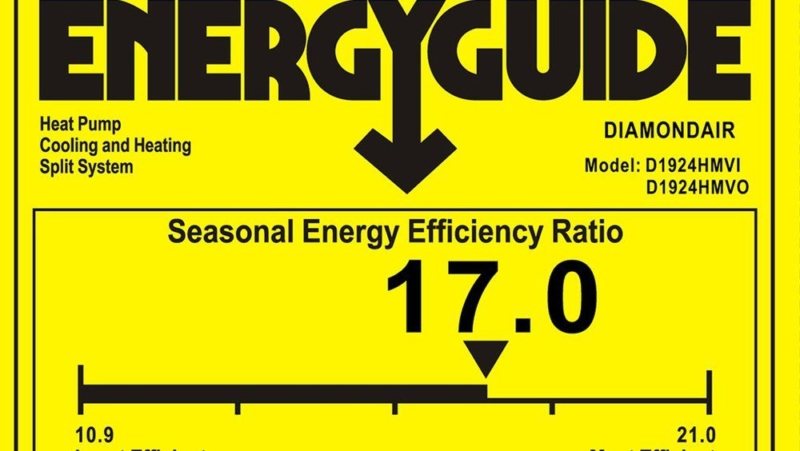Purchasing a new HVAC system represents a significant, long-term investment, and it’s not always easy to select the right system. We at North East Air Conditioning, Heating and Plumbing are always here to help, and we know that many of our clients appreciate knowing as much as possible about the equipment they purchase. One of the more common and most important variables to consider when buying a new unit is the unit’s SEER rating. This post will cover the basics of SEER ratings, with the goal of helping you invest with confidence when it’s time.
What is a SEER rating?
The acronym SEER stands for Seasonal Energy Efficiency Ratio. Without trying to get too technical, SEER rating is the ratio of a system’s cooling output to the electricity consumed to produce that output over the course of an average season. Exactly how the ratings are assigned is less important than what they indicate. In short, the higher the SEER—typically anywhere from 13 to 25—the more efficient the unit. Here in San Antonio and in all of Texas manufacturers are required to supply systems with a minimum SEER rating of 14.
SEER is a maximum efficiency rating, and depending on other factors you may never actually achieve that level of efficiency. Think of it as you might a car’s gas mileage. A car may be rated by the manufacturer at 40 mpg on the highway, but you may never get more than 35 mpg in practice. What’s more, if you’re driving into a stiff wind, or over a long stretch of increasing elevation, you may be lucky to hit 30 mpg. Same goes for HVAC systems, and factors such as temperature and humidity levels play a role in actual efficiency.
Even though the fuel efficiency of a car varies depending on conditions, it’s still often considered economical to choose a higher fuel efficiency vehicle when making a purchase decision because of the fuel and cost savings. But is the same true in the world of HVAC? Well, not necessarily.
For one, cars with higher fuel efficiency are often less expensive than their lower-efficiency counterparts. Not so with HVAC. In fact, the price of higher-efficiency HVAC units is often a great deal higher than those at the lower end of the scale. That means getting an economic payback on the additional up-front cost associated with a high-SEER system can take a long time, or it may never be achieved at all. If you’re replacing a unit in a house that you don’t expect to live in or own for more than a short period, for example, it may not make economic sense to undergo the additional cost associated with higher efficiency.
What is a good SEER rating for my situation?
We want to help our clients save money, so it’s quite likely we won’t be recommending the highest rated unit for your particular situation. But determining what will work best is not a trivial exercise. There are some online calculators that claim to bring clarity, but our experience indicates that they generally do not consider all the factors.
We’ll help you look at a number of factors. How long will you own the house or building where the system will be installed? Is this a replacement, and if so, then what is the condition of the existing ductwork? How energy efficient is the structure itself? How will you use your system? For example, do you tend to keep your house cold in the summer all day long, or does the house sit vacant much of the time? Your utility bills over the past year or two may be helpful in this analysis.
We’ll consider all of these factors and then discuss our recommendations with you. In the end, we’ll help you select the proper size and ideal SEER rating to ensure that the system you purchase is ideal for your application.
Conclusion
The good news is that if you’re replacing an old system, you can count on your new system to be a lot more efficient, and to generate energy and cost savings. Call us or submit your information through our website and we’ll be glad to help you get started.


